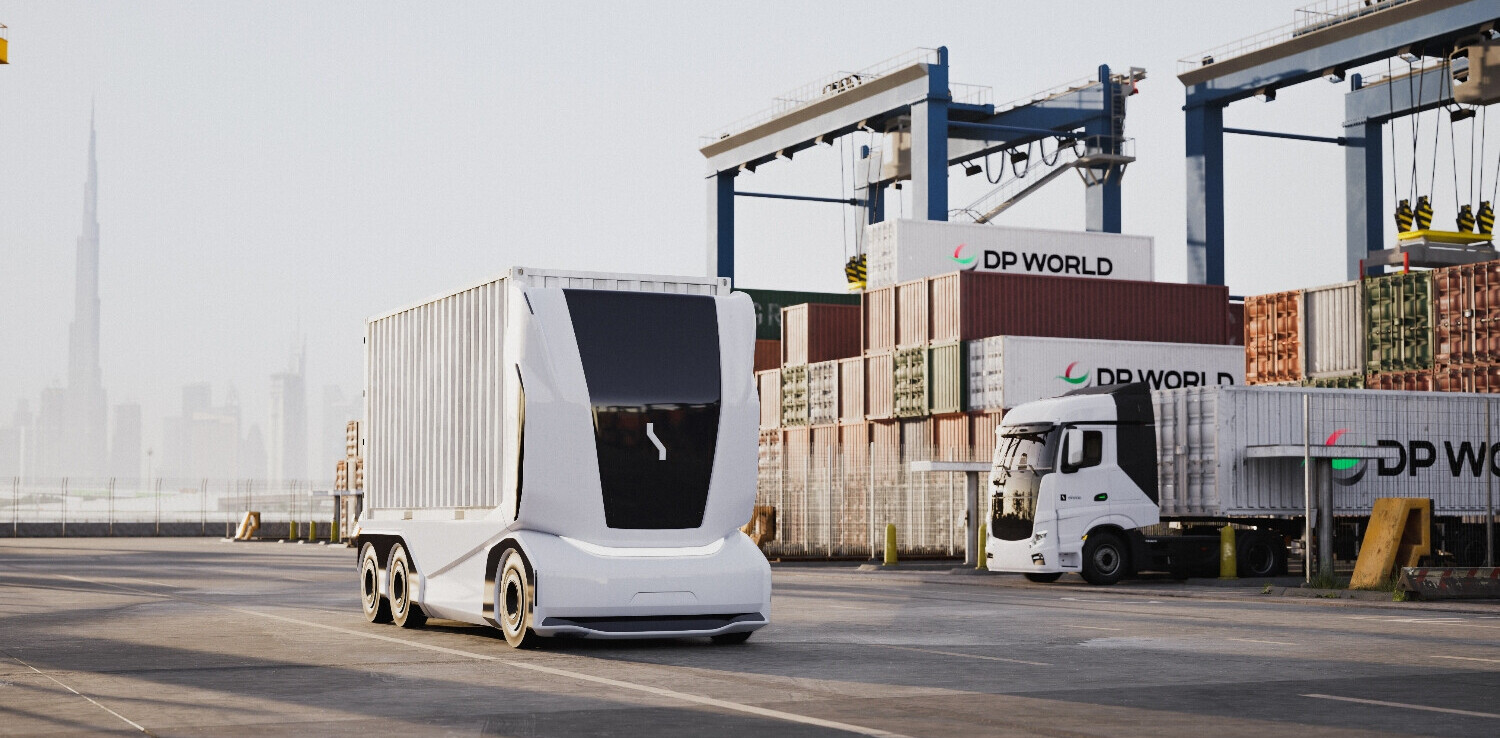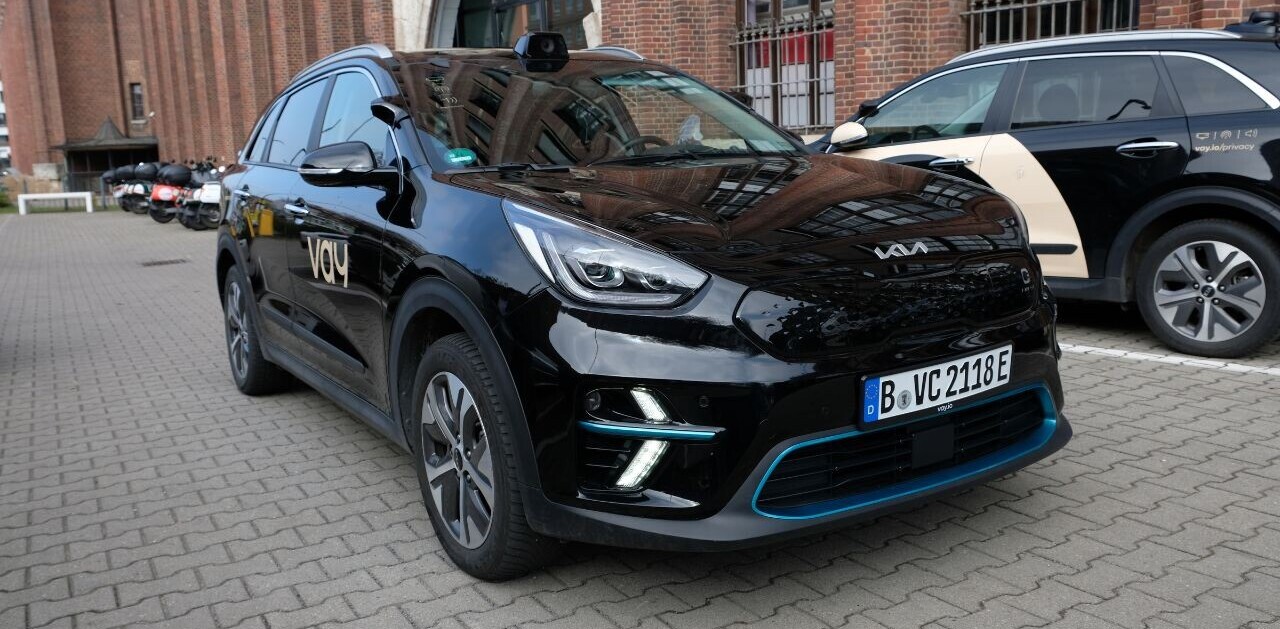
Chip designer Arm is rapidly expanding its automotive business, amid mounting competition from open-source rival RISC-V.
Revenue from the segment has doubled since 2020, the Financial Times reports. Dennis Laudick, VP of automotive go-to-market at Arm, attributed the growth to the number of chips required by high-end cars, which he described as “data [centers] on wheels.”
This trend is set to accelerate as demand for electric and autonomous vehicles grows. Semico Research predicts the automotive chip IP market will double by 2027 — which could prove crucial to Arm’s future business.
The UK-based firm produces chip designs that are used by an estimated 95% of smartphones, but the company’s star has faded in recent months. Financial problems at parent company Softbank and an expanding pool of rivals have triggered concerns about Arm’s long-term prospects.
Mark Lippett, CEO of chip specialist XMOS, told TNW that focusing on vehicles was a sensible response.
“Thinking about the human experience, rather than the drive-train and other deeply embedded electronics that go into a car, the interface with the driver increasingly leans on tech that’s originally been developed for handsets and tablets,” he said. “As such, advances into the automotive space is a logical next step for Arm.”

Another risk for Arm is increasing competition from the RISC-V Foundation. Headquartered in Switzerland, the nonprofit produces an open-source chip architecture that’s attracting swelling interest.
RISC-V has proven particularly popular in China, where it could spur self-sufficiency in semiconductors and circumvent US export restrictions. But it’s also caught the eye of Silicon Valley.
The architecture recently earned a glowing endorsement from Google. In December, Lars Bergstrom, Android’s director of engineering, called for RISC-V to be considered a “tier-1 platform” in the operating system — the same level as Arm.
“RISC-V could be regarded as more risky.
Google’s backing makes it quite possible that RISC-V smartphones running Android will arrive within the next few years — which would escalate anxieties at Arm. The British firm does, however, have a big headstart in the automotive sector.
“Already, the company’s main strength lies in producing application processors for mobile phones — and this will continue for as long as it takes for RISC-V to catch up,” said XMOS boss Mark Lippett.
“The automotive sector also has a high level of ecosystem complexity and historical conservatism. While this dynamic is slowly shifting, with disruptors like Tesla leading the charge, other automotive companies may take longer to steer the ship away from an established standard like Arm towards something newer like RISC-V, which could be regarded as more risky.”
Lippett advises RISC-V to target embedded segments such as IoT, which is more tolerant of risk and less dependent on an ecosystem of partners. In the automotive sector, however, the open-source challenger is still playing catch-up.
Update (1:30PM CET, January 5, 2023): After this story was first published, Dennis Laudick, vice-president of automotive go-to-market at Arm, gave TNW the following insights about his company’s strategy:
“Arm has several key advantages in the automotive market. Our IP delivers the scalable, safety-enabled compute that’s needed to address the range of processing capabilities required for different automotive workloads in a power efficient manner that fits the thermal constraints of vehicles – this relies heavily not only on performance but efficiency, and efficiency is in our DNA. The relationship between software and hardware has never been more critical as we move into the era of the software-defined vehicle, and Arm has a robust software ecosystem to meet the growing software needs of this market, which we continue to invest heavily in through initiatives like SOAFEE.
“The automotive market has very specific needs, and Arm is well placed to meet these demands – for example, safety is absolutely critical for the market, and Arm leads the industry when it comes to providing safety-certifiable processor IP. Multi-sourcing is more important now than ever, and the Arm architecture has the breadth and range of leading semiconductor suppliers that can provide this assurance, along with a robust product portfolio and proven track record for long term support and delivery.
“Providing the automotive market with compute IP that is safe and efficient sits directly in the sights of Arm and our ecosystem because we can build on years of revolutionizing other markets. Arm led the smartphone revolution, and we can do the same with auto – this is why we’re working closely with all of the major OEMs and tier one suppliers in the industry as they look ahead to what’s next. We’re seeing the market at a critical inflection point where the supply chain – from IP design to carmakers – is being re-examined and redefined. Autonomous demands are growing faster than most other markets have ever seen, and it’s imperative that this is done right because it’s going to save lives.”
Get the TNW newsletter
Get the most important tech news in your inbox each week.





